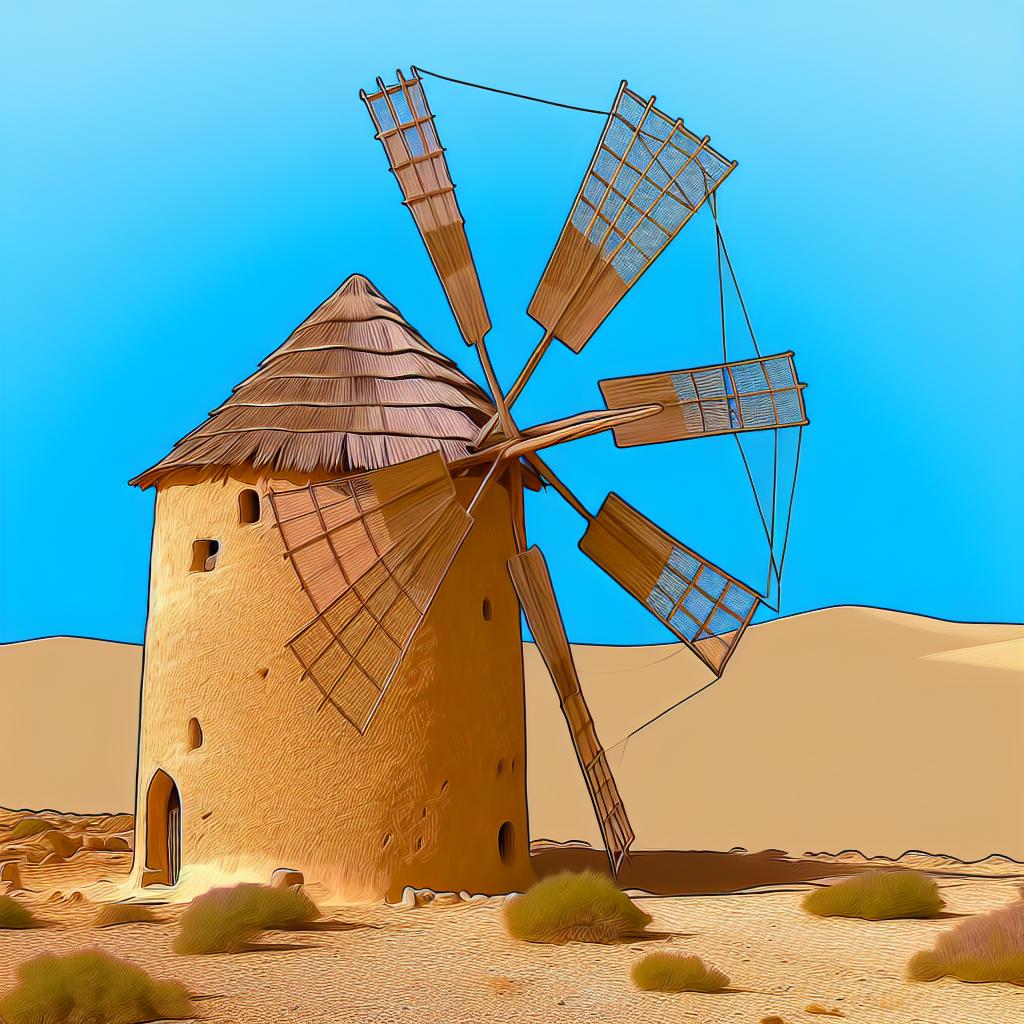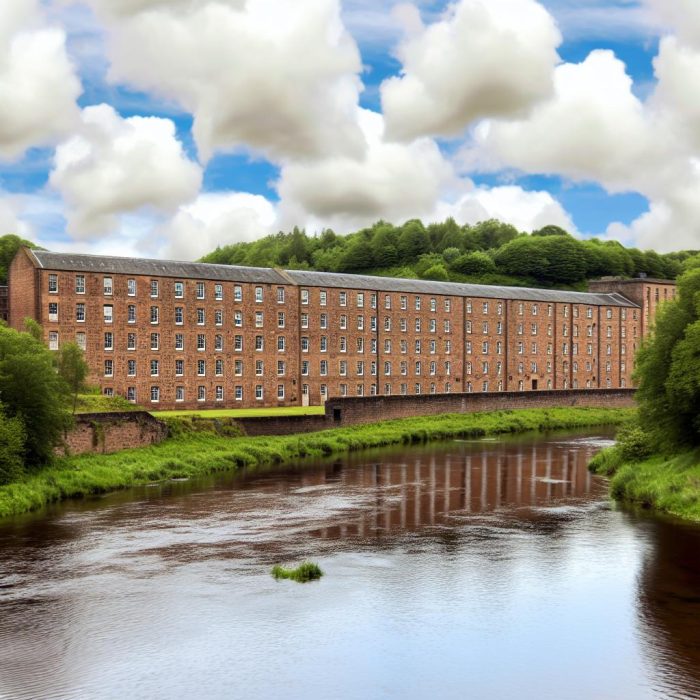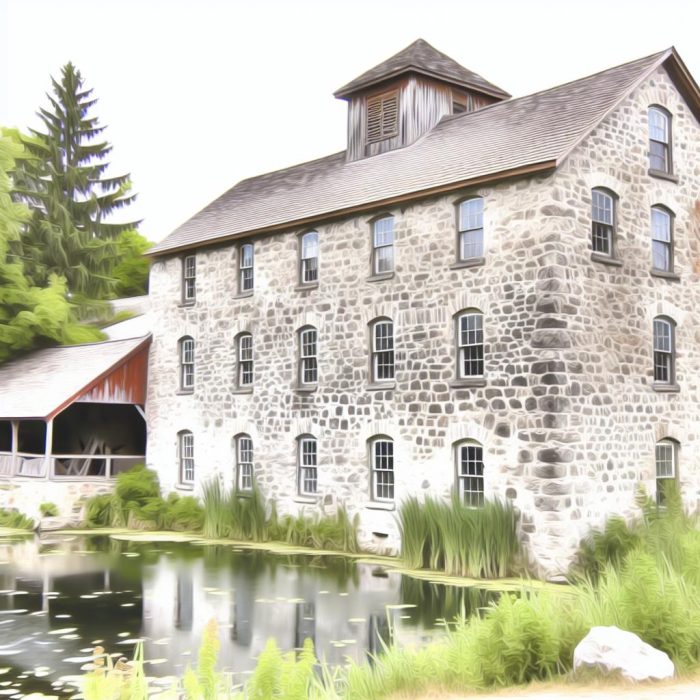Introduction to the Great Windmill of Nashtifan
The Great Windmill of Nashtifan is a distinguished historical and architectural marvel nestled in the small town of Nashtifan in northeastern Iran. With its distinctive and ancient construction, this windmill exemplifies the innovative engineering skills of ancient Persia, providing an intriguing glimpse into the past.
Historical Significance
The Nashtifan windmills, with roots that possibly trace back to the era of the Sassanian Empire, are over a thousand years old. They were constructed to exploit the intense northeastern winds, often called the “120-day wind,” that consistently sweep through the region. These winds were harnessed not only to generate power for grain grinding but also to facilitate various other production forms, serving as a vital community resource.
Historically, the windmills had a multifaceted role in Nashtifan’s economy and daily life. They effectively supported agricultural productivity by automating the grinding process that would otherwise have been labor-intensive. Leveraging natural resources efficiently, these windmills reflect the remarkable adaptation and technical prowess of the period.
Design and Functionality
The Nashtifan windmills are distinguished from other global wind structures by their vertical-axis design. Unlike the more commonly seen horizontal-axis windmills of Europe, these windmills employ a series of vertical blades arranged around a central vertical shaft, an engineering decision driven by the prevailing environmental conditions.
This particular design allows the mills to capitalize on the robust northeastern winds, enhancing their operational efficiency. Each windmill houses multiple paddles within the structure. As the wind enters the structure, the paddles rotate, driving a grindstone inside to mill the grain. This vertical-axis configuration is not only a testament to historical engineering choices but also exhibits a practical adaptation to the unique geographical and climatic environment of Nashtifan.
Vertical-Axis Configuration
The choice of a vertical-axis configuration is significant both historically and functionally. In contrast to their horizontal counterparts, these windmills are less sensitive to changes in wind direction, which makes them particularly effective in the Nashtifan region. This design allows for a more constant and reliable operation, crucial for the sustainability of the local agriculture and economy dependent on these essential services.
Construction Techniques
The construction of the Nashtifan windmills employs traditional building techniques, utilizing an amalgamation of clay and straw. This combination results in structures that are both flexible and resilient, capable of enduring the demanding climatic conditions typical of the area, including the strength of the winds they harness. The use of local materials and construction knowledge from past generations underscores the cultural continuity and resourcefulness of the community.
Preservation Efforts
Recognizing the cultural and historical importance of the Great Windmill of Nashtifan, there has been a concerted effort in recent years to conserve these structures. Conservation initiatives focus on maintaining the windmills’ functionality while simultaneously showcasing them as cultural and tourist attractions. Efforts are concentrated on safeguarding these remarkable pieces against environmental degradation and the inexorable march of time.
Preservation involves a variety of activities, including repairing structural damage, replacing eroded materials, and promoting awareness of their importance. These initiatives aim to ensure that the windmills remain operational and continue to symbolize Iran’s rich historical fabric for future generations.
Cultural and Tourism Importance
For aficionados of Persian history and antiquated technology, the Nashtifan windmills offer a peculiar, insightful lens into the inventive spirit of early engineers. As a point of interest for scholars, historians, and global visitors, the site contributes profoundly to cultural heritage and local tourism. Educators and tourism promoters emphasize preserving authentic experiences while encouraging respectful and sustainable visitation practices to keep the historical integrity of the site intact.
Nashtifan has become a focal point for cultural exchange, drawing individuals keen on understanding historical ingenuity and appreciating the arts of survival and adaptation exhibited by these ancient windmills. The economic boost provided by this tourism encourages local heritage preservation and enables continued upkeep and restoration efforts.
Conclusion
The Great Windmill of Nashtifan embodies not just an engineering marvel of its time but also epitomizes historical innovation. Its unparalleled design, functional resilience, and significant historic worth render it an essential element of Iran’s cultural heritage landscape. For individuals curious about such ancient structures, thorough exploration of credible resources and planning a visit to this extraordinary site offer excellent opportunities for discovery. The Nashtifan windmills remain a living reminder of the remarkable ingenuity possessed by those who shaped the course of history.



